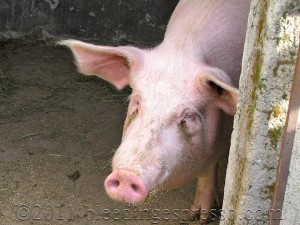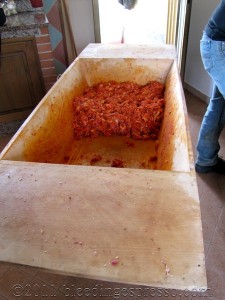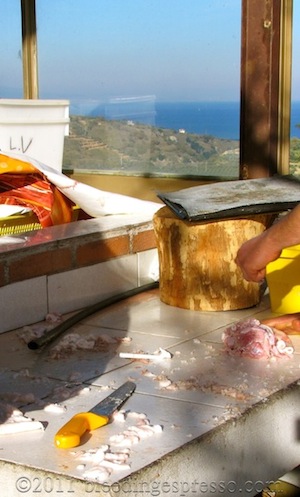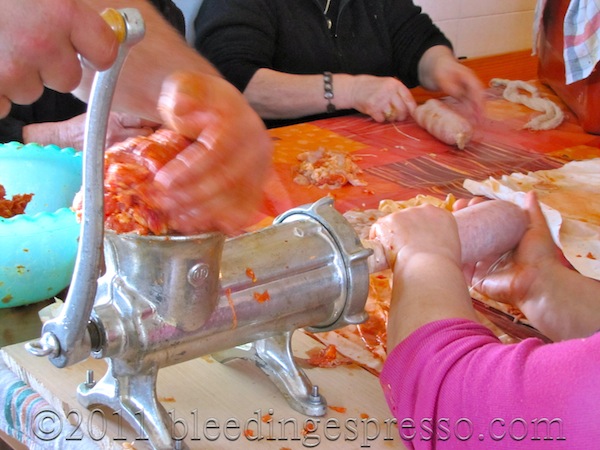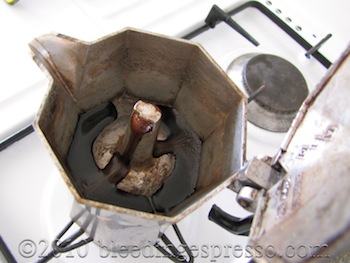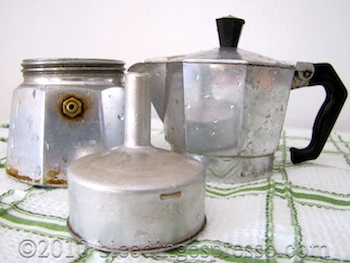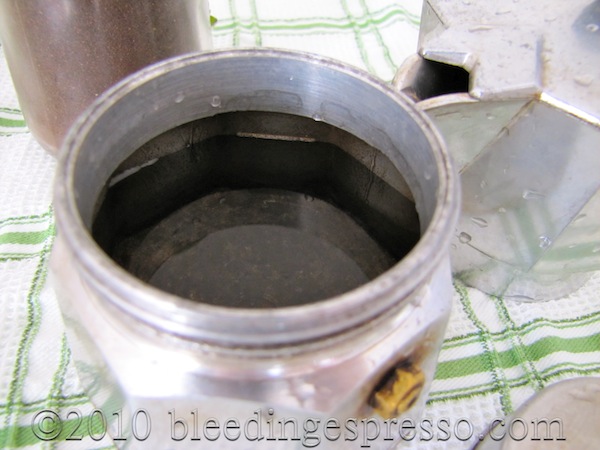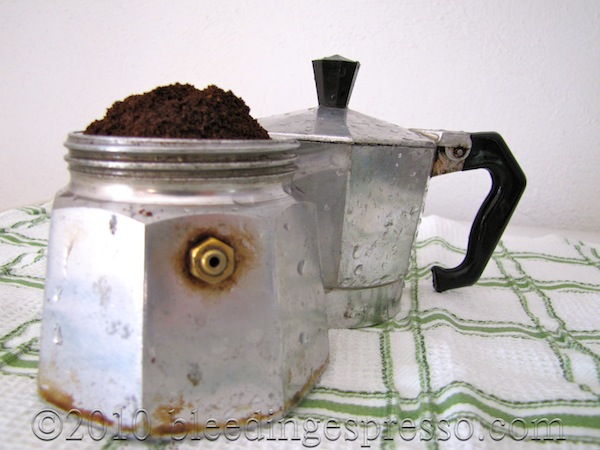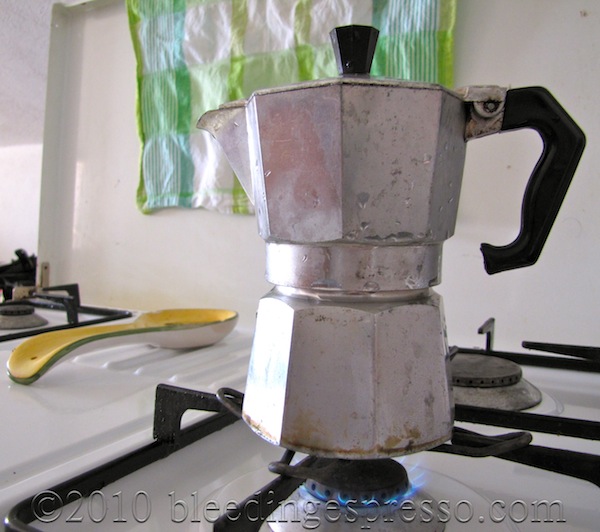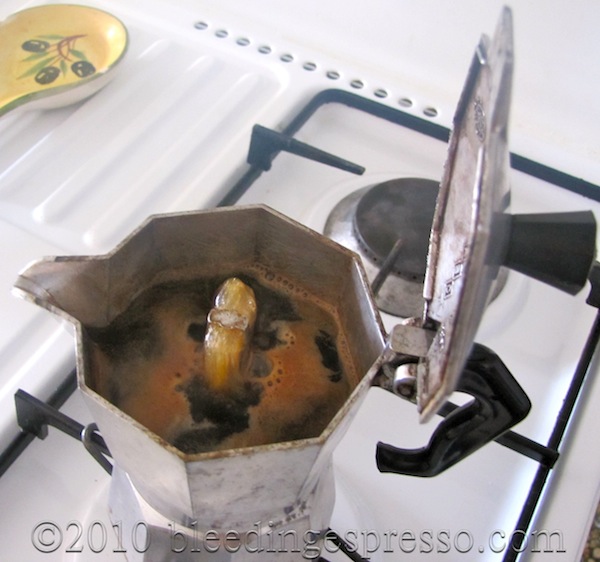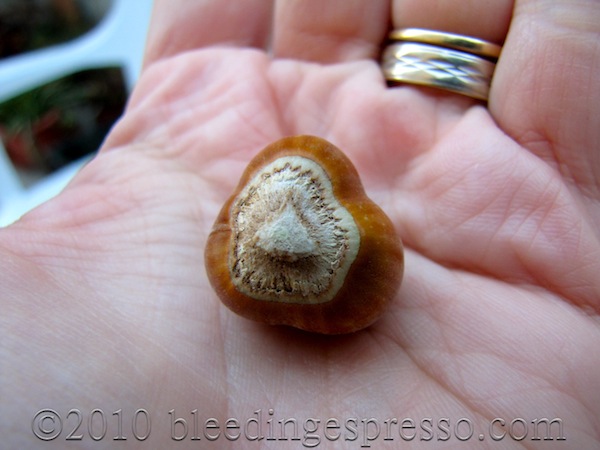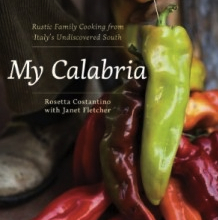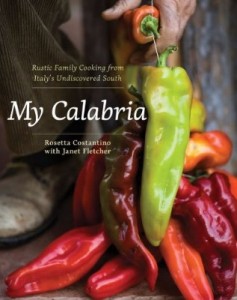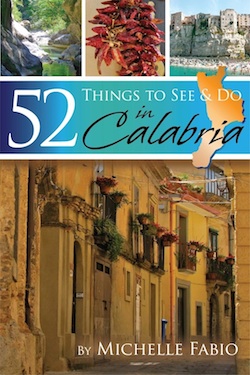Archive for the ‘life in calabria’ Category
The Importance of the Pig in Southern Italy
It would be difficult to overstate the importance of the pig in southern Italy.
We have an excellent abundance of fresh fruits and vegetables, and we do eat a lot of them, but “u porcu” is definitely King. In fact, many Calabrian families still raise at least one pig a year, and from that animal comes all the salumi, including supressata and salsiccia, for the year.
As I recently learned, the really large pigs are used more for these insaccati (literally meat in sacks/casings), and smaller pigs are slaughtered for the “ordinary” pork that you’d use in a ragù or for porkchops and the like.
*
There is a true ceremony regarding the pig from the daily feeding and cleaning (you do have to keep up with the cleaning because they are absolutely the stinkiest creatures I’ve ever been around) to the slaughter and packaging of the meat, which is often a two-day family affair held up in the campagna, or countryside.
There is plenty of work to be done, of course, but it’s accomplished through teamwork (everyone has a specific job), joking, stories of times past, gossip, laughter, wine, and, of course, plenty to eat. And nothing — I mean *nothing* — is wasted.
Whatever isn’t cut up or ground into sausage meat is boiled and eaten as a dish that people here go absolutely crazy for — “frittole.” I’m personally not a fan, but there’s no denying that the pig doesn’t die in vain; there is the utmost respect for each and every part of him. The rough economic times especially after World War II are still fresh in many minds here, so there’s not a whole lot of waste in general.
*
For frittole, parts such as ears and feet are chopped if necessary, skin is shaved free of hair with disposable razors, and all gets thrown into an enormous pot to boil. Serve with a squeeze of lemon and salad, and you have a Calabrian feast.
Bits of fat and meat are also added to gelatin, vinegar, and hot pepper to make suzzu, which is eaten cold on bread.
In times past, even the blood of the pig was collected to make sanguinaccio, a dessert made with pig’s blood, cinnamon, orange zest, and vino cotto. While some people still make this, it does seem this tradition is fading a bit.
As for me? I prefer the liver sauteed with onions in white wine. And yes, I now feel a little like Hannibal Lector having written that, but it’s *so* tasty.
*
Several months ago, P and I and another couple bought two enormous pigs together; this way, we split the feed and chores, and each get couple gets half of each pig. We’ll sell one half and use the other half for our own use.
Our big boys haven’t gone to slaughter yet, but they will soon. I haven’t decided yet whether I’ll attend. I’ve heard pigs being slaughtered from a distance, and I’m not sure it’s something I really need to see up close, but we’ll see.
*
This past weekend, P helped another friend with a pig slaughter and then we all ate up in their campagna after they had packaged all the insaccati for the year. Most of their family was there, men and women working together on the project; they found it rather funny when I told them that in America, the men are usually the ones who make the insaccati.
“Here the women do everything while the men smoke and drink,” replied one of the woman. Ahem.
Back home, the men in my family were definitely in charge of making “soupie” as we call them in the Coal Region, but this year, P and I will be learning the ropes from his aunt as we work with the products from our very first pig together.
And in Calabria, this is right up there with a wedding or birth of a child as one of the biggest milestones you can have in a relationship.
*That* is how important the pig is in southern Italy.
How to Brew Coffee in a Stovetop Moka Pot
Happy National Espresso Day! While the “National” refers to the US (apparently Italy celebrates espresso in April), I say we make it International Espresso Day — and I’m going to help you celebrate by finally doing the post I know some of you have been waiting to see at Bleeding Espresso:
How to Brew Coffee in a Stovetop Moka Pot
First things first. The word “espresso” refers to the way coffee is brewed not to the coffee itself. Espresso is brewed by water that is forced up threw finely ground coffee because of steam pressure; in America especially, “coffee” is generally made in a percolator or via the drip method. The latter actually ends up having a higher concentration of caffeine, while the former tends to be thicker and richer in flavor.
Put another way, espresso is always coffee, but coffee is not always espresso. That said, it is important that if you want to make espresso in a moka pot, you get finely ground (often called “espresso grind”) coffee as other types are too coarse.
Some people might argue that coffee made in a stovetop moka isn’t *really* espresso since it doesn’t tend to create the gorgeous layer of golden brown “crema” on top, but really since it is indeed brewed via pressure coming up from the bottom, it is.
It’s not going to taste exactly like what you get in a bar (remember in Italy, the place where you get coffee is called the “bar”), but quite simply, for many of us in Italy and elsewhere, making this type of coffee at home is just the most cost effective choice — we also find it quite delicious as well.
Where did the moka pot come from?
The moka pot was created by Bialetti and rose to popularity in Italy in the 1930s; the basic design has been copied ever since, and there are also different moka pot looks, so feel free to experiment. Moka pots also come in different cup sizes (ahem), so it’s not uncommon to see several different sizes of moka pots in an Italian house for use with different numbers of guests.
Now, finally, the easy peasy directions for how to brew coffee in a stovetop moka pot:
1. Fill the bottom with fresh, cold water up to the middle of the safety valve; as you can see in this photo, my moka has a line that marks that level in various places around the bottom, which makes it even easier to tell where to fill to.
2. Put the basket in the bottom, and spoon in the coffee. This part you can experiment with, depending on how strong you like your coffee. As you can see, we like ours pretty strong, but you can fill yours considerably less — the most important thing to remember is not to pack it down.
3. Screw the top onto the bottom creating a super-tight seal. I use a towel for extra traction to really get that last turn tight. Then put the pot on the stove on low heat.
4. The top part of the moka will begin to fill with coffee. When you start to hear the sputter and gurgle of the coffee, remove it from the heat. P.S. Don’t lift the lid as I did for the sake of photos. There is very hot coffee spurting out of there, and it doesn’t care what’s in its way.
5. Serve hot, with or without sugar, with or without steamed milk, just however you like it.
When cleaning the moka, I have been told to never use any kind of detergent on it at all, so I don’t (just hot water and my hands). I have seen recommendations online to use a mild detergent, but I’m going to stick with what the locals here tell me. I do, however, take a scouring pad to my moka pot now and again to keep it looking mildly shiny, but as you can see from the photos, mine isn’t exactly new.
Ah, and that’s another thing about using a moka pot — throw out at least the first batch of coffee made by it, possibly even two or three batches. The flavor is just going to keep getting better the more you use it, so if your pot starts experiencing problems (the coffee is leaking out the sides at the seal or the top part isn’t filling up with coffee), I’d say to change the rubber ring that creates the seal. The replacement ring costs 15 cents (here at least), and it’s well worth a try before you start over with a new moka pot IMHO.
How do you drink your espresso?
Love Thursday: An Adorable Little Nuccihra of Love
P and I don’t have grand birthday or Christmas celebrations; neither of us are fans of giving gifts only because it’s expected, although “just because” or “I was thinking of you” tokens are always welcome around here.
And we do tend to exchange little, thoughtful things year round — often simple gestures like one of us taking over cooking duties or running to the store when the other is exhausted. There are some physical gifts, but they tend to be of very little monetary value. In our house, it truly is the thought that counts — it always warms my heart to know that when P was “in giro” (out and about), he saw something and thought of me.
Over the years, he’s brought home tiny rosebuds, almond blossoms, old lire coins, a big bluish green lizard (!), porcini mushrooms, and even some saffron flowers.
And most recently this little nuccihra (noo-CHEE-ruh) arrived:
It’s a type of hazelnut (nocciola) here in the mountains of Calabria —“nuccihra” is Badolatese (local dialect) for little hazelnut . . . an adorable little nuccihra of love if you ask me.
Happy Love Thursday!
My Calabria by Rosetta Costantino
Rosetta Costantino was born in Calabria and moved to America with her family at age 14. Although they left behind much of what was familiar to them, the Costantino family never lost their culinary traditions — and now Rosetta shares them with us in My Calabria: Rustic Family Cooking from Italy’s Undiscovered South.
When paging through My Calabria, you feel like an honorary member of the family at the table as you learn about how Rosetta’s father recreated their Calabrian garden in Oakland, California; how various members of the family make the same dish; and also the 11 ingredients every Calabrian pantry should have on hand.
Rosetta also shares information about the historical and cultural influences on Calabrian cuisine and lifestyle, so aside from being a wonderful collection of recipes (150) that includes appetizers through dessert, My Calabria is simply a wonderful resource book on the region — you’re getting so much more than a cookbook here.
The recipes themselves are authentic as they come and easy to follow — one of the best things about Calabrian cooking is that it’s user-friendly as it uses so few ingredients — and the book is just gorgeous. There are plenty of full-page and other sized color photos throughout, not only of recipes but also of various sights from around Calabria.
From a personal standpoint as someone who has been making Calabrian food ever since I could cook — first from my grandmother’s recipes and now also from P’s mom’s — I give this book five very full espresso cups out of five. Rosetta is a wonderful tour guide through this region’s food, history, and culture, and I highly recommend My Calabria for anyone who is interested in Calabria, southern Italy, or southern Italian cuisine.
*
You can find out more about Rosetta, her book, and her culinary tours at Cooking with Rosetta and her blog, Calabria from Scratch. You can also listen to Rosetta’s interview in the Eye on Italy podcast, which I co-host.
*
Subscribe to my Book Reviews feed — book reviews ONLY, which aren’t published to the main feed — by visiting Feedburner.
Zampogna: The Soul of Southern Italy
Traditionally shepherds played the zampogna — the bag part of the instruments used to be made exclusively with goat or sheep hide — but, much like the various dialects that run through southern Italy, so do the type of zampogne.
Read on...

